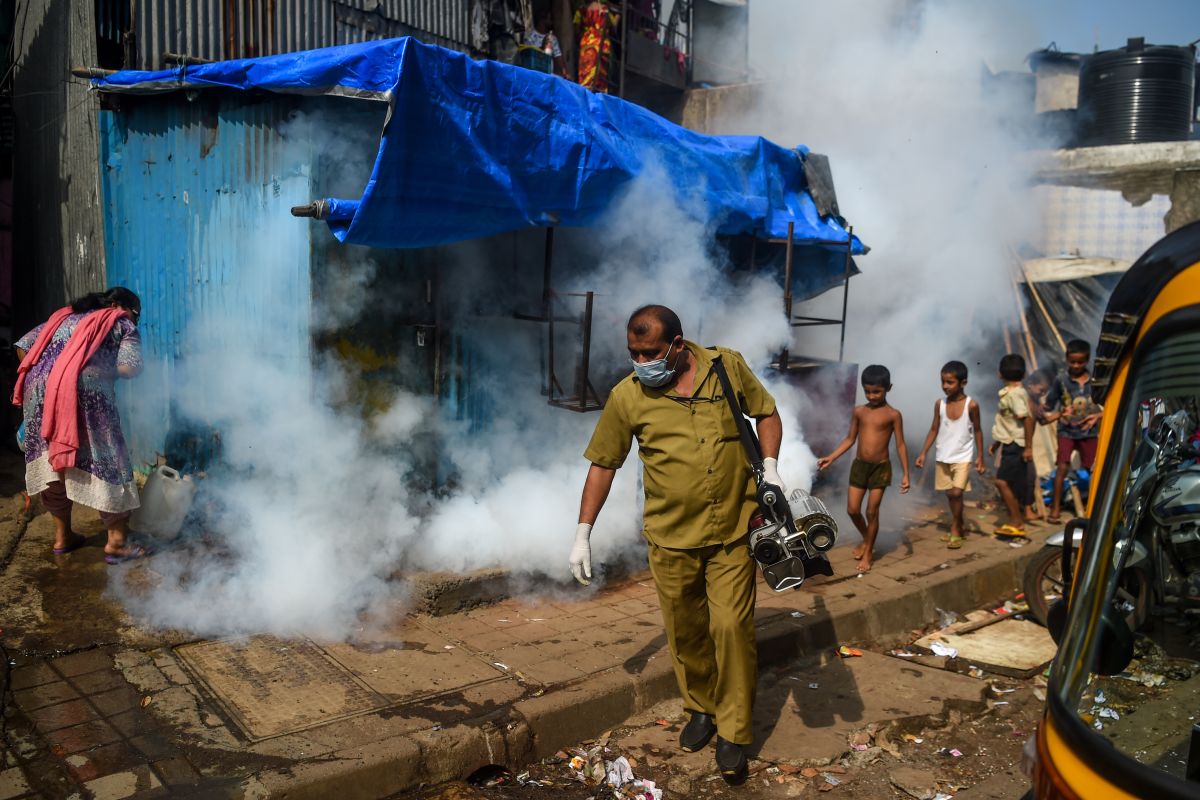Union Health Minister Harsh Vardhan on Thursday suggested conducting a COVID-19 vulnerability mapping of densely populated areas in several districts of Maharashtra for deploying effective containment strategies as the state continues to report maximum deaths and infections.
Vardhan held a high-level meeting via video-conferencing with Maharashtra’s Health Minister Rajesh Tope, Medical Education Minister Amit Deshmukh and district magistrates of COVID-19 affected districts in the state.
Advertisement
All the 36 districts are affected in the state which has reported 3,590 deaths and 97,648 cases till Friday 8 am.
Director of National Centre for Disease Control (NCDC) S K Singh made a presentation on the COVID-19 outbreak status in Maharashtra highlighting the districts that were showing higher number of active cases, case fatality rate, confirmation rate, doubling time and low testing rate.
He also presented the availability of the health infrastructure and named the districts that need attention against the backdrop of high confirmation and case fatality rates, the health ministry said in a statement.
“Increase in the number of containment zones needs immediate attention. Vulnerability mapping of densely populated areas should be done for effective containment strategy to be put in place. Also, rise in case fatality rate should be looked into along with tests done per million population,” Vardhan was quoted as saying in the statement.
Vardhan advised strengthening the system of ICU, ventilators and testing labs in Maharashtra and ensuring their availability to all forthcoming patients.
With respect to the human resource management, he said quality of health care should be improved with quality training to healthcare workers through online training modules.
He also told the state officials that testing labs should ensure prompt delivery of reports of COVID-19 tests to help in timely detection and management of patients.
“We have ramped up our testing capacity through a network of 602 government labs and 235 private labs (total 837 labs). We have cumulatively tested 52,13,140 samples till date and 1,51,808 samples were tested in the last 24 hours,” he said.
He also stated that as on date, more than 136 lakh N95 masks and more than 106 lakh PPEs have been distributed to states, union territories and central institutions. In non-COVID hospitals, rational use of PPEs was to be ensured as per guidelines issued by the Union health ministry, Vardhan said.
The minister also highlighted the need for strengthening human resource for contact tracing, logistics enhancement like ICU beds with ventilators, beds with facility available for oxygen supplementation, etc. and strengthening behaviour change communication activities to reduce community resistance and counselling of high risk contacts, according to the statement.
In addition, it was important for districts to ensure strict implementation of containment plans along with epidemiological investigation of cases for complete contact tracing and strict quarantine for the inflowing persons from the major affected areas.
The state was also advised to ensure focus on essential RMNCHA+N (Reproductive, Maternal, Newborn, Child, Adolescent Health Plus Nutrition) services with special care for pregnant women along with services like blood collection/transfusion, chemotherapy, dialysis.
“The state must ensure that essential services for TB diagnosis and management do not suffer as these patients are very much prone to the COVID-19 infection,” he said, stressing strict action should be taken to ensure prohibition of spitting in public places to control the spread of infection.











